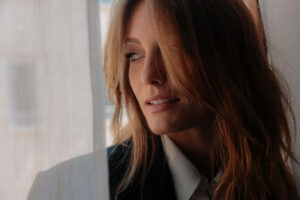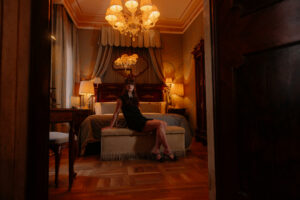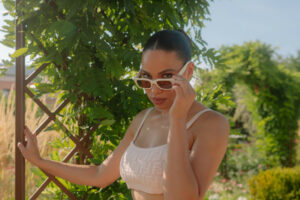Colette is one of those French icons that will never grow old. And now Wash Westmoreland added a feature film to her immortality – “Colette.” Masterfully played, as usual when talking about period drama, by Keira Knightley.
But the challenge of physically transforming Keira into Colette was accepted by makeup artist Ivana Primorac. In our interview, Ivana told us about the process of creating Colette’s looks which spanned 3 decades, from the most genuine country style to the most stylish Parisian looks.
How did you approach the world of makeup and hair design, first in Television with the BBC and then in Cinema?
_______
I grew up in a very academic family in Croatia, and I didn’t really want to follow my parents’ footsteps into law, so I thought about it long and hard, and I thought I would really like to do Cinema and do that job.
I didn’t even know that the job existed, so it took me a couple of years to find out what the job entailed and I was interested in it but I didn’t really know if I had any talent! So I wanted to find the best place to study and see if I could pursue that career, and the place for me was the BBC. Because at the time, in the late ‘80s, beginning of the 90s they did the most amazing period dramas.
So that’s how I ended up coming to London and trying to get my trainee position at the BBC, and that’s how it all started.
You have quite a lot of experience when it comes to period dramas: is there a particular reason for that, what does draw you to them?
_______
They were always more interesting to me, to kind of learn about history and the way people behaved and the way that people looked throughout history. So modern-day films are difficult because you have to give the viewers information about the characters with the way they look. But with period dramas you also learn about history and history was something that always interested me. So the way the people behaved, the way that people looked, was also very connected to the time they lived in and the techniques used are also very different. So I was very interested in learning on how people did things in different times.
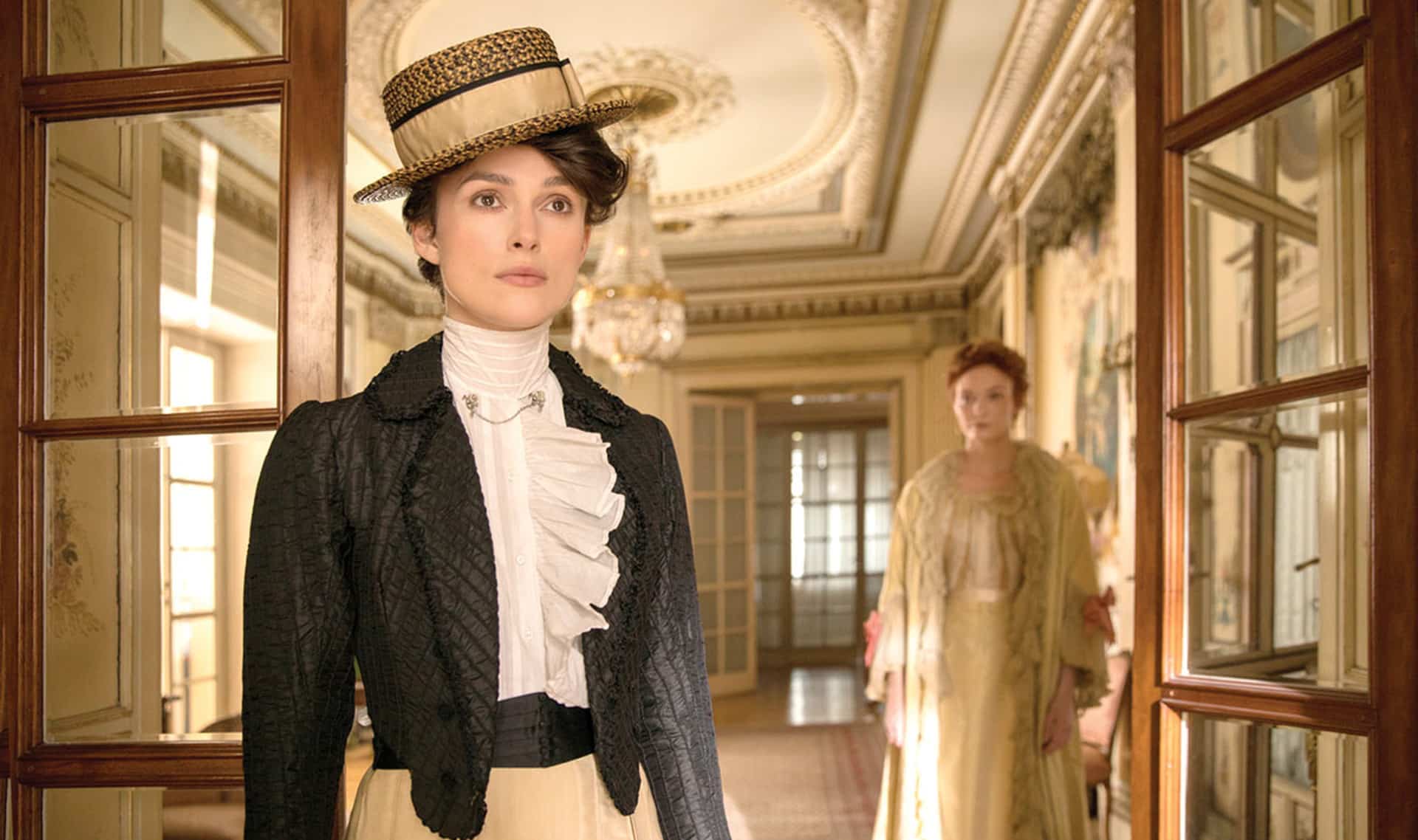
“I was very interested in learning on how people did things in different times.”
And for instance, in the case of “Colette,” how did you research on the historical period? What was the process for you?
_______
With a script like “Colette,” first of all, it’s spanned over a very long period of time in her life. It depends on different stories. In this story, in the time that it spans, things greatly change in the world, and that’s why Colette is a very interesting character: because when she was born the world was a very different place. And she lived in a very patriarchal society in France, in a rural household where girls had specific roles to fill and certainly they were not encouraged to learn and to seek work. So with a script like “Colette,” it was really great to dive into researching that time and that period and to learn more about France at that time. And then you know she’s one of the very important figures in France and in history, she led a very long and varied life.
So yes, I tried to read as much as I could about her, Paris, France and Europe at that time.
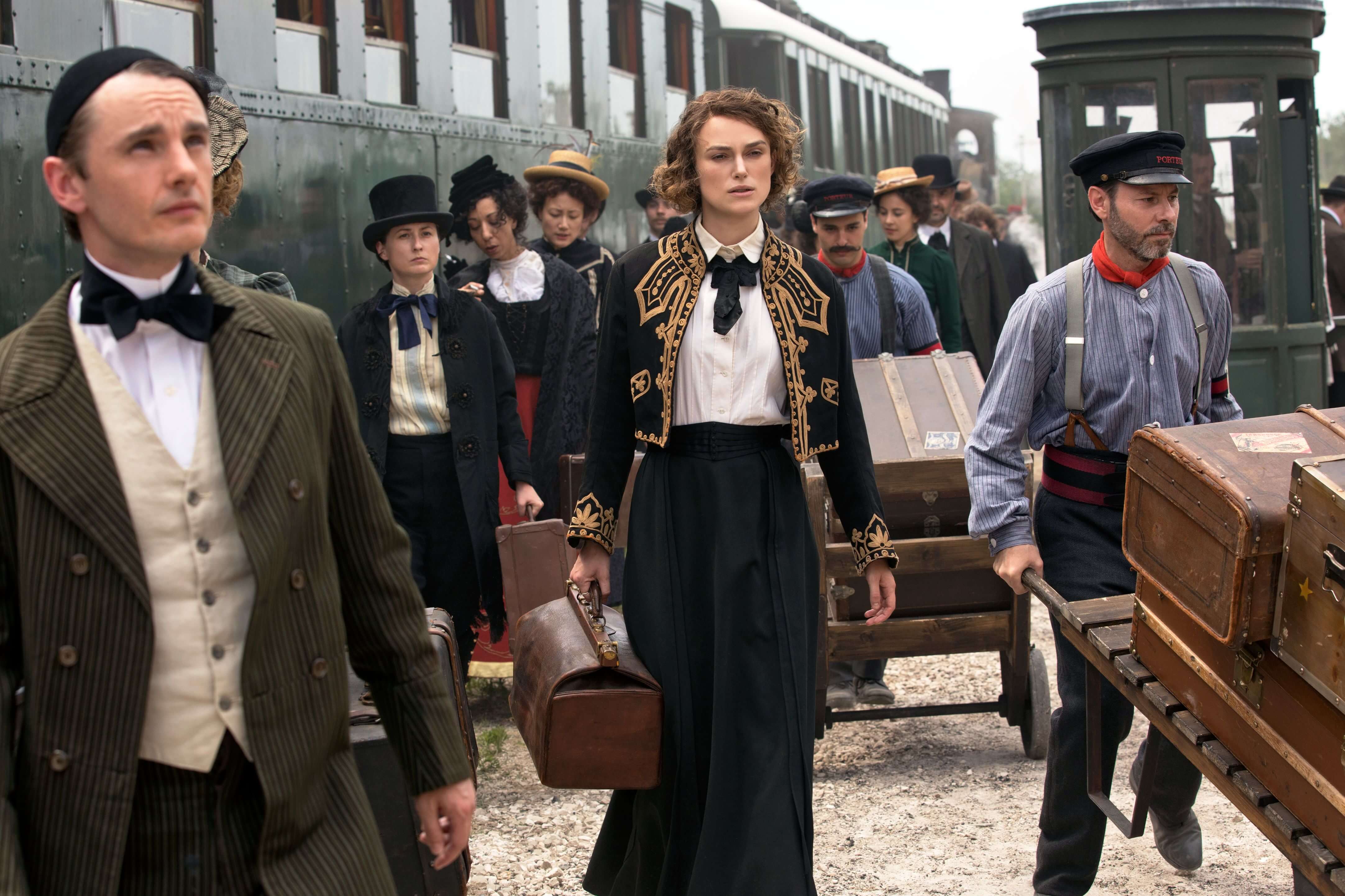
During the movie, Colette’s character evolves also visually, from the romantic long braids of the beginning to a short bob to look more like Claudine and then to express her freedom. Was there a talk about the look with Keira Knightley as well? We know that’s not the first time you’ve worked with her as well.
_______
Keira is the most amazing collaborator, and also she’s the least vain actor I know. Nothing ever comes from the way she wants to look, she just wants to portray the characters correctly, so in that sense, she’s a joy to collaborate with. But with “Colette,” what was amazing about the time of Colette’s life is that we already had photography not just paintings and literature: we had the beginning of photography and there’s a lot of photographic reference of Colette’s early life with her family, the place she was born and throughout her life with Willy. So it was amazing to see the real photographs, in which you can see the way they looked and how they were. Although obviously, photography was something very special, so people always made themselves look the best in photographs; we had to kind of interpret things a little bit to make them look a little more lived in.
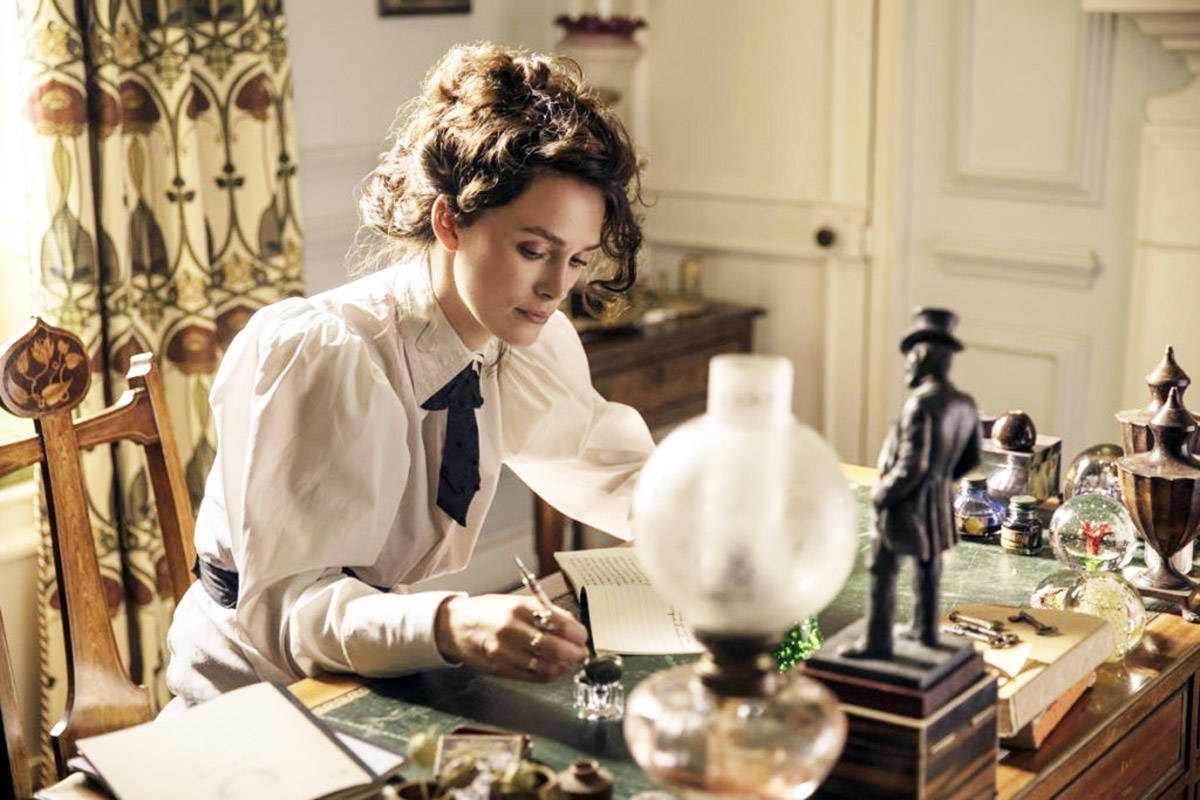
“We had to kind of interpret things a little bit to make them look a little more lived in.”
We really loved the soft, natural makeup looks and the updos, always matching the dresses and the vibe of the movie. But for you, what was your personal favorite makeup look and hairstyle to do for this movie?
_______
I loved the challenge of making Keira look very young, and then making her look more mature: there’s this particular time in Colette’s life, halfway through her life, when she reaches Paris. The shapes of women then, the skirts were a little bit up, then they became shorter, the fashion changed and women’s hair got very voluminous and big. I loved the challenge of making that change in her look, from a country bumpkin as she was, a young girl with long braids that Willy used to call her whips, because when he first met Colette she had these really long braids that reminded him of whips, and then she becomes a very fashionable Parisian girl. And all women had this massive, voluminous styles and that was lovely to do.
But then, when Colette cuts her hair, and no one had ever done that before…that was quite the revolution. So I enjoyed the whole transition of making all these different looks into textures and colors, also showing her progression and aging. She becomes quite tough and hard where at the beginning she was very soft and young.
“But then, when Colette cuts her hair, and no one had ever done that before…that was quite the revolution.”
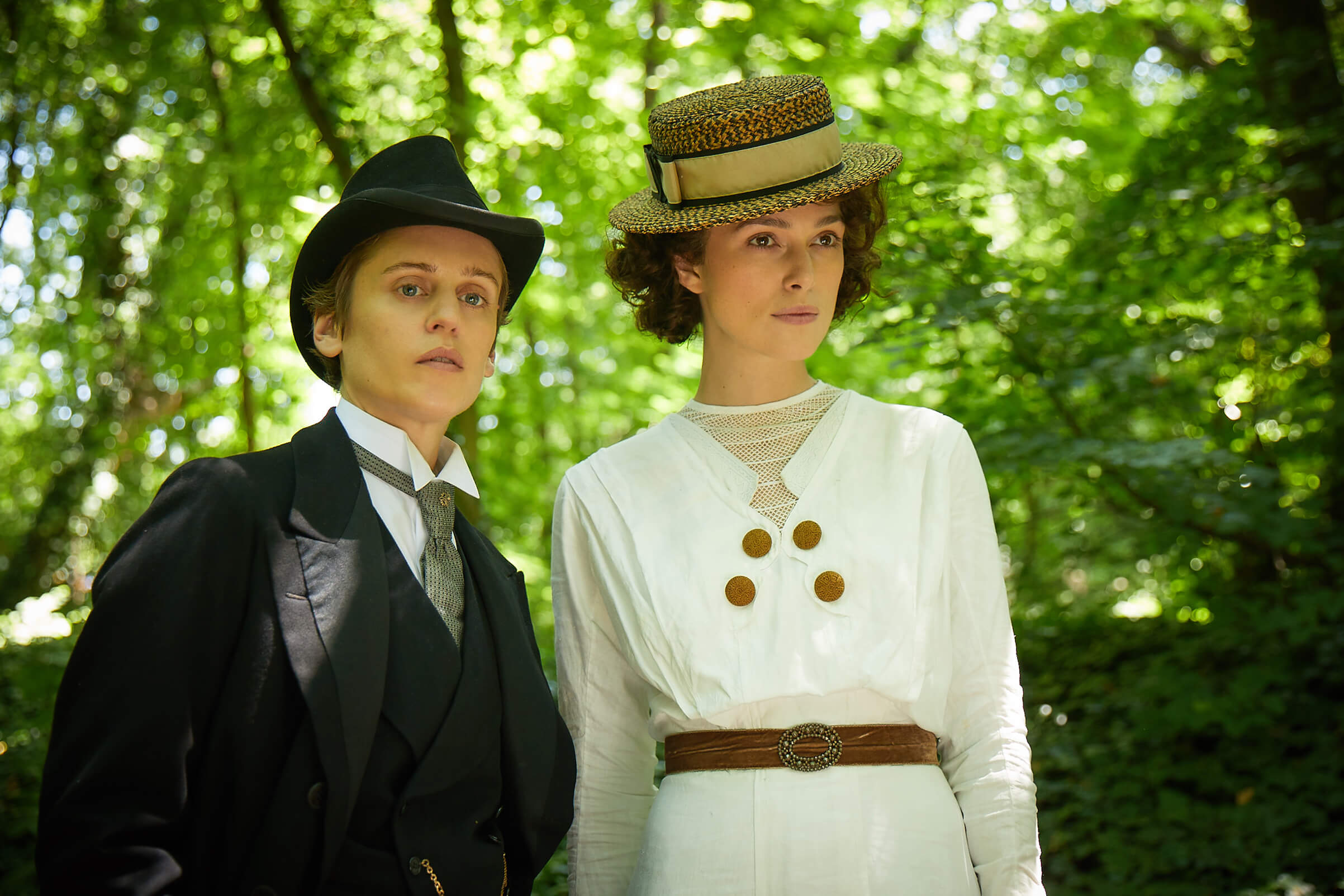
Were there any challenges in recreating the looks?
_______
Well, the challenges were, to be honest, in creating the looks for all the characters but particularly for Willy and for Colette. We had to make sure that we could achieve the schedule and the film was shot in 8 weeks only, and we would go through three different decades in one shooting day. So I had to plan everything meticulously, it was planned that every minute spent on doing the changes, particularly for Keira and for Dominic West. So we would achieve the schedule because there’s no point in designing something so magnificent that takes an hour to do.
You have to design something you’re happy and proud of, but you’re also able to achieve it in fifteen minutes because you don’t have more time than that when you’re working with Wash Westmoreland, who wants to spend most of his time with actors. The actors don’t want to sit in the makeup room and being changed, they want to be acting, and we had so many seeing to achieve in one day.
This kind of film really should’ve been 20 weeks schedule instead of 8, and we should’ve had lot more resources, but I loved a lower budget film – it wasn’t a low budget film, but it was certainly on the lower side. I loved the challenges of that. And also some stories will never be able to be told unless we tell them with the budget we have, so I love a challenge, and that was the biggest one: to try and design something that was doable and make a system that worked for everyone. So we could do everything on location, we didn’t have to travel back to the makeup trailer. You have to plan the whole thing a little bit like a military operation.

As you said, a story like the one of Colette needs to be told. Did you already know about her and what do you think about her impact on the matter of women empowerment, which is actually something that we’re talking about a lot, today?
_______
Yes, it’s interesting timing for this film, which I think it’s wonderful. We were telling this story before a lot of the Me Too movement and the movements that know have really taken flight into society. This movie was made because Wash was obsessed with this story for years.
I was obsessed with Colette because I have many books on Paris of the 30s, I love artists of the time and photographers of the time. I was fascinated by that. And Colette by that time, at the end of her life, was visually a very interesting character. She got quite large and she wore a lot of rings, her frizzy short bob was even bigger and frizzier and she wore a lot of that black makeup that was kind of clue.
I was always interested on why she was always in every café, why in every kind of society picture of the time she would pop up: so I was very interested in her, but I never knew all the details of her early life and I certainly never read any of the Claudine books. So when I talked to my friends who live in Paris and also work in the industry, they were like, “oh my god.” She’s such an icon in France.
So I got more interested in Colette because of the script.
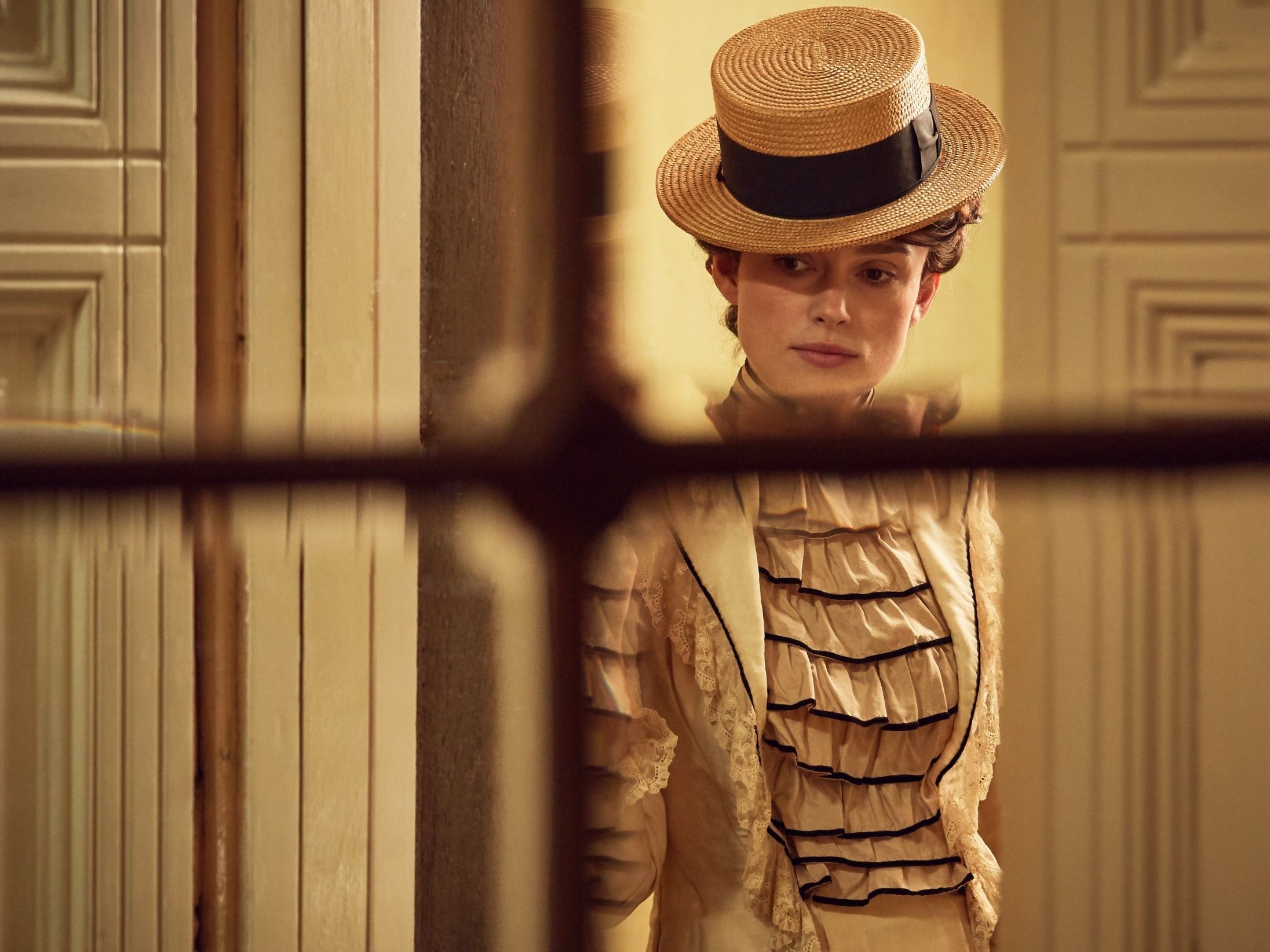
“I was always interested on why she was always in every café, why in every kind of society picture of the time she would pop up.”
Is there another historical period you’d like to work with next?
_______
Oh god, there’s many.
Do you have a wish list?
_______
Oh, I have a wish list. There are certainly periods I’m very scared of and petrified of because I fear they would be very challenging to do properly, and that would be the 20s and the 30s. I haven’t done very much of that period, I’ve done only a couple of them that were about real people and not as challenging, but I think that’s the period particularly in America and in Europe.
It was an amazing time, between the Wars, of people being quite decadent and then again the fashion and the short hair and the way of the makeup. The time of Man Ray and Picasso and all those people. It really fascinates me. And then earlier periods – I was very fortunate to work with Jenny Shircore for years and the last film I did with her was “Elizabeth.” I was her assistant till that. That was phenomenal, to research that time and that period. So, anything sort of before and after 15th century fascinates me because, again, people would use hair and makeup to kind of disguise themselves in different ways, but also to keep warm and be practical. Why did wigs exist? And why did men wear wigs and why they dressed them? And all the stuff has very, very deep meaning and correlates with furniture and architecture so it is all quite interesting to research.
So, yes, I have a wish list.
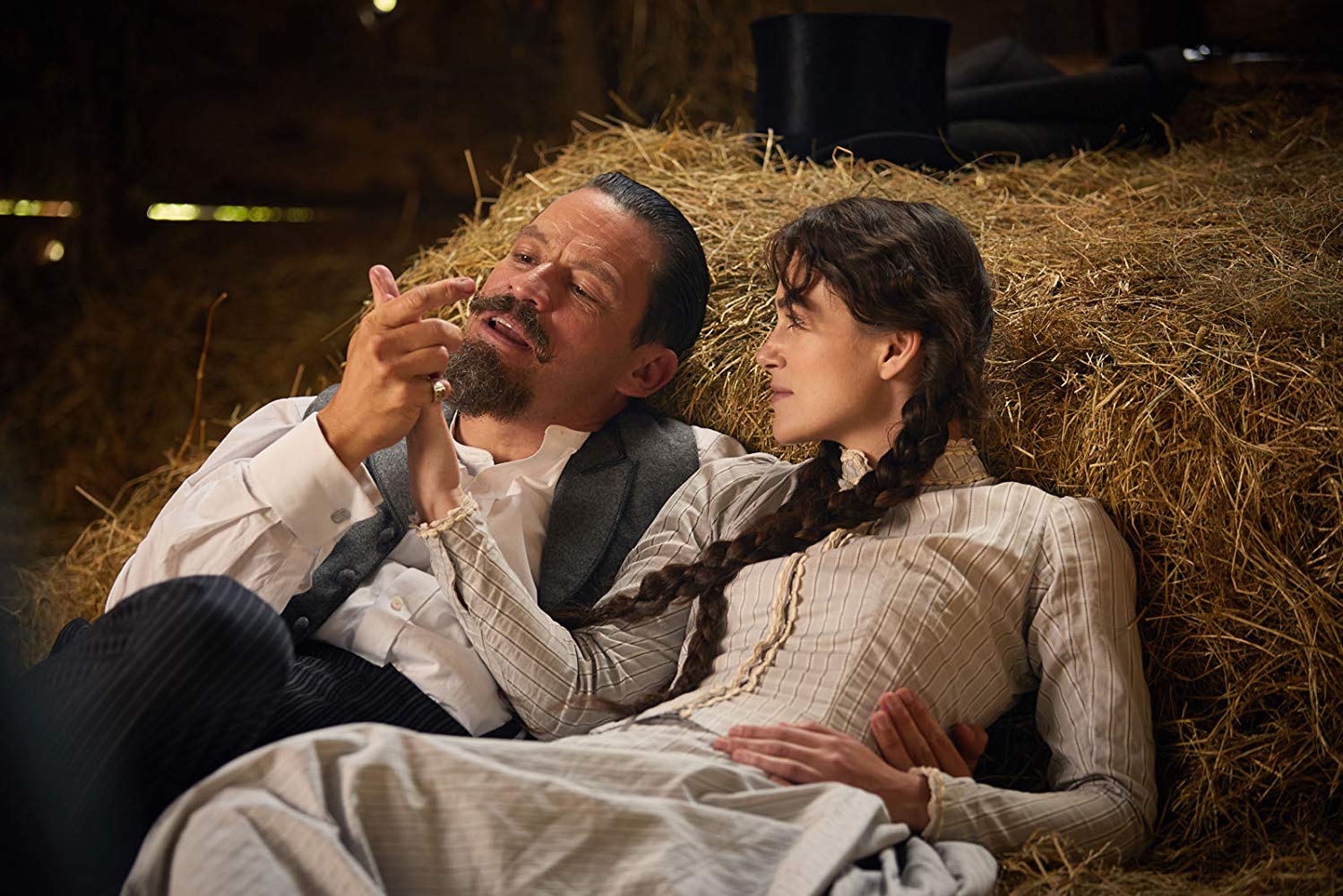
A film, from the past or the present that you love in particular for the hairstyle and makeup?
_______
The film that I saw and the reason why I wanted to do makeup is Fellini’s “Amarcord.”
I still to this day think that this is one of the best films: it’s my favorite film in the entire history because Fellini has many characters in it and they’re like real life characters, but they’re so heightened. I wanted to do makeup having seen this film as a very young girl. And then Miloš Forman’s “Amadeus” is the film where I thought, “who made Salieri? Who makes that old man out of a young actor? And everyone else?”
These two films are the ones that I’d say got me into where I am.
And now what’s the thing that always manages to convince you to jump on a project?
_______
I’m really lucky that I have directors that are always faithful and loyal to me and who do very interesting projects. Usually, it’s always a good director and the script.
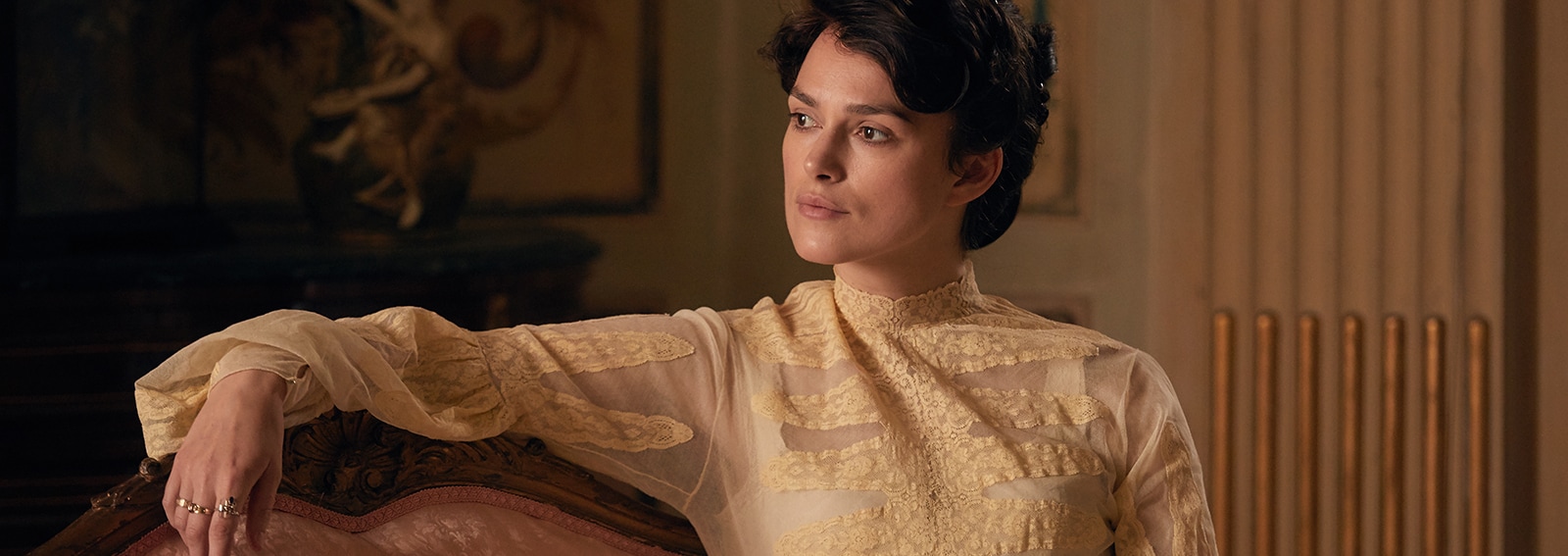
What’s next for you?
_______
Well, I have three very interesting things that I am not 100% sure I will do, but I’m hoping to. I’m not exactly sure, but one of them is a remake of a classic Jane Austen novel, and the other one is a remake of an old Hitchcock movie. So I hope I will be able to do both of them next year. They’re both periods and very different periods.

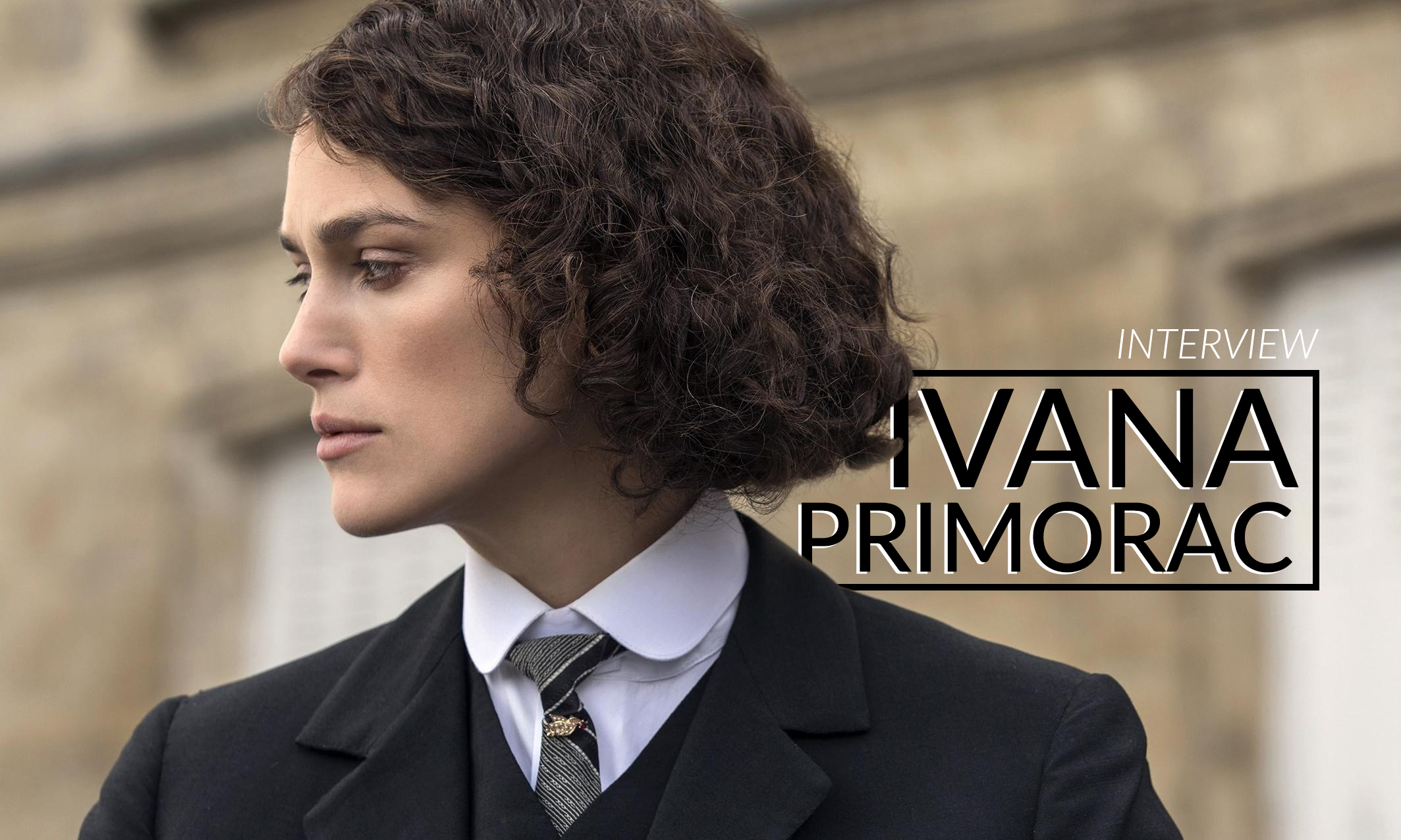
![Interview with Veronika Strotmann [Co-Founder of Yepoda]: ‘The Good Path for You’](https://www.theitalianreve.com/wp-content/uploads/2024/10/The_Dewy_Day_5-253x200.png)
